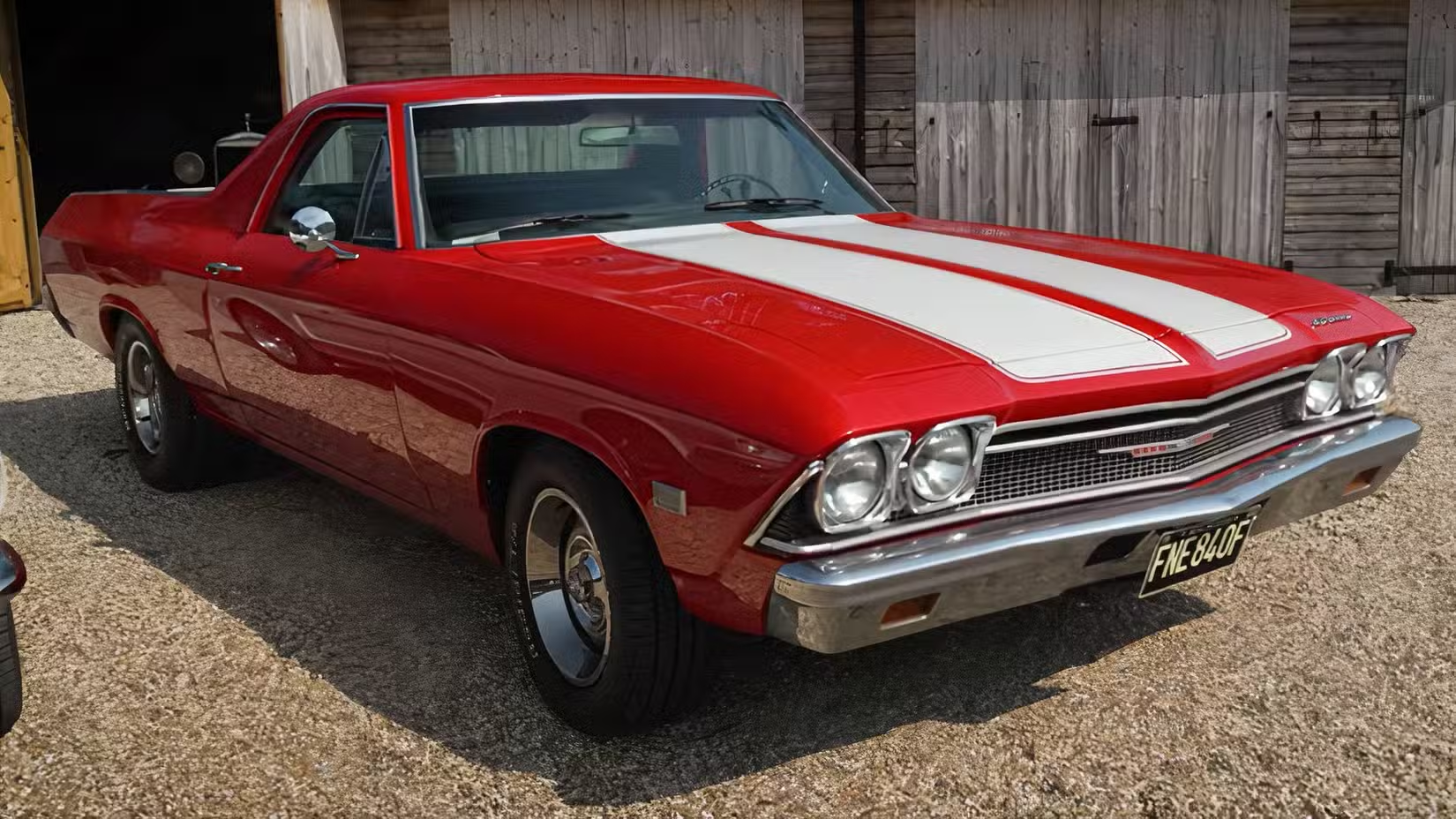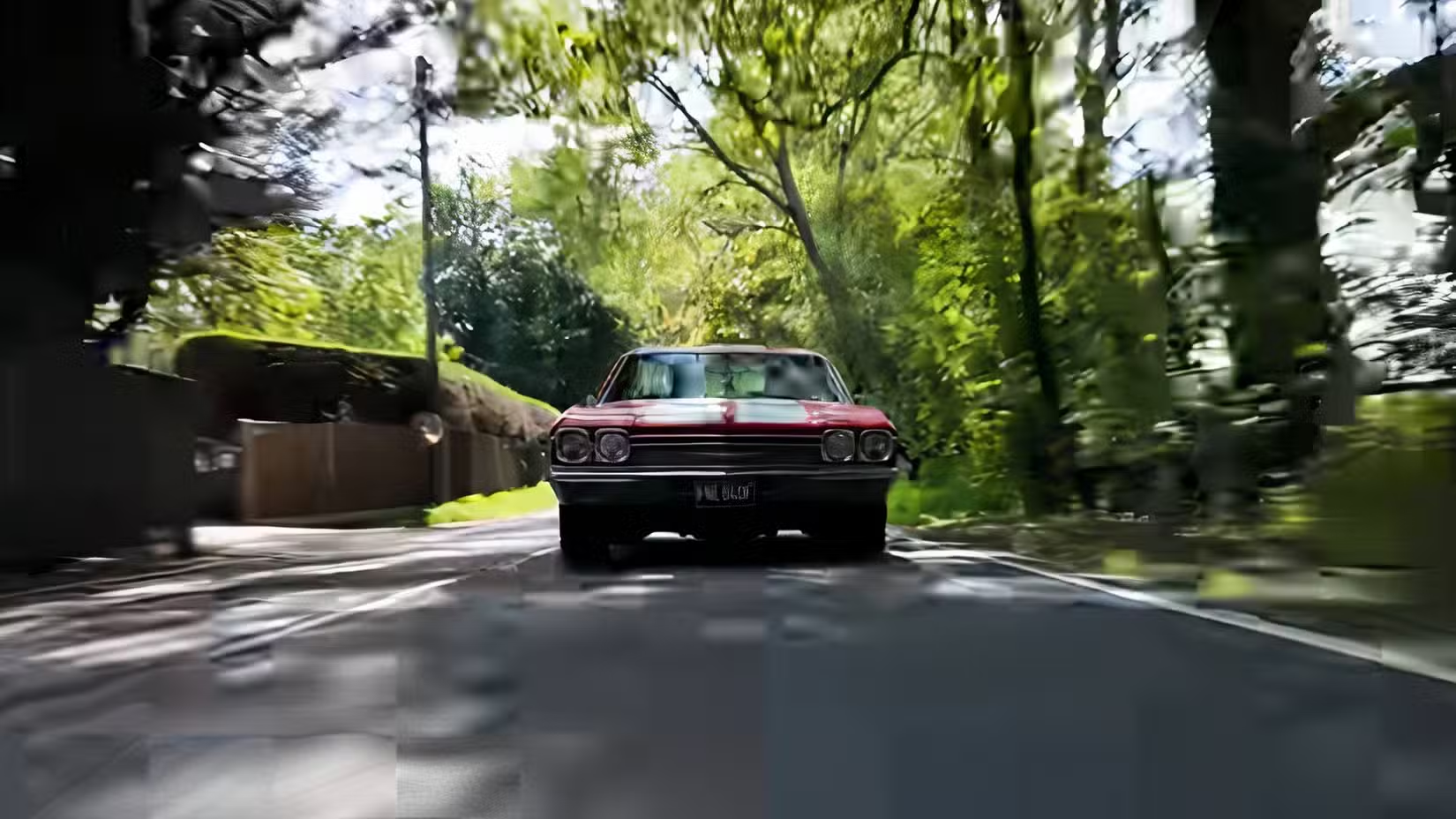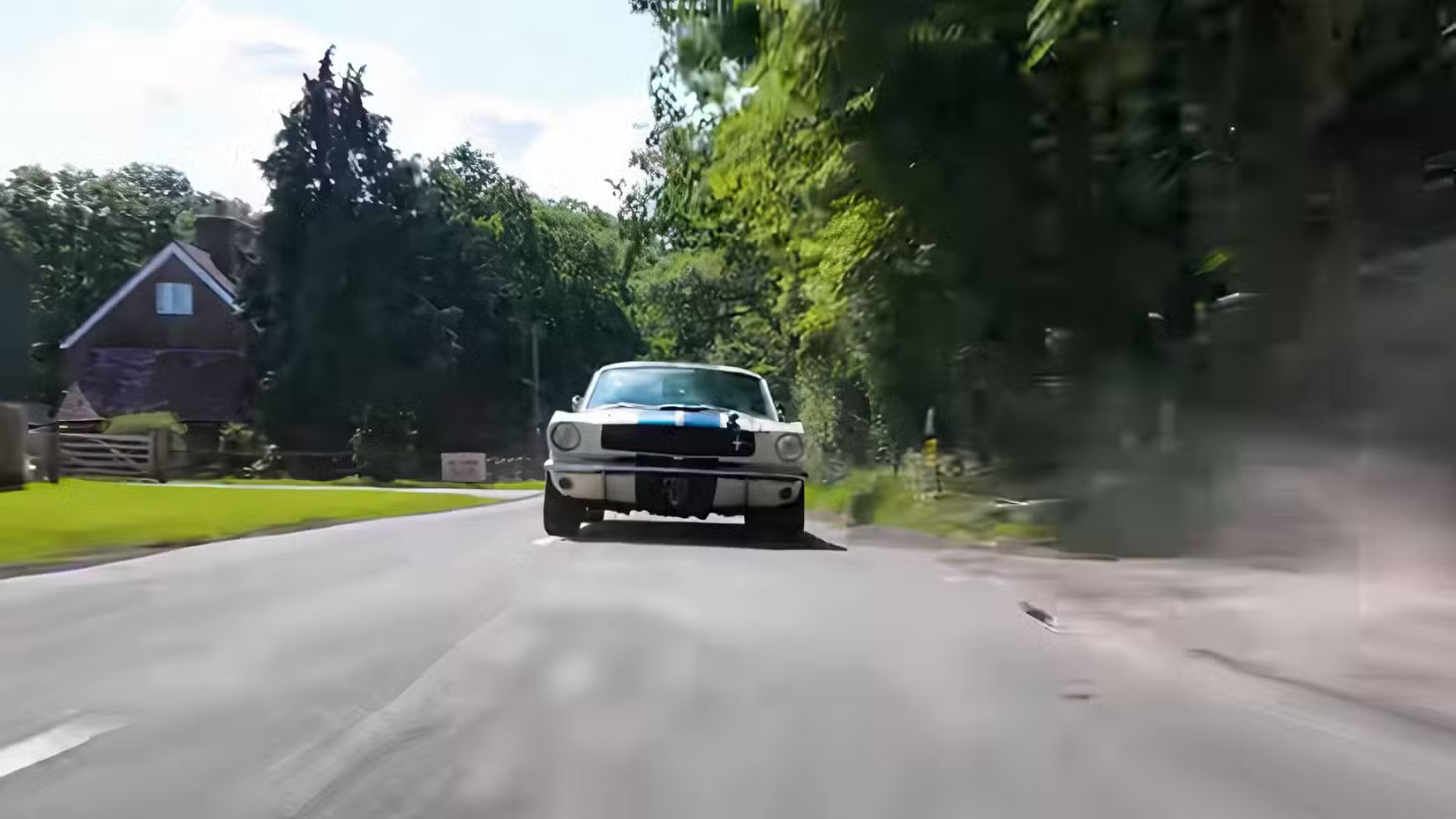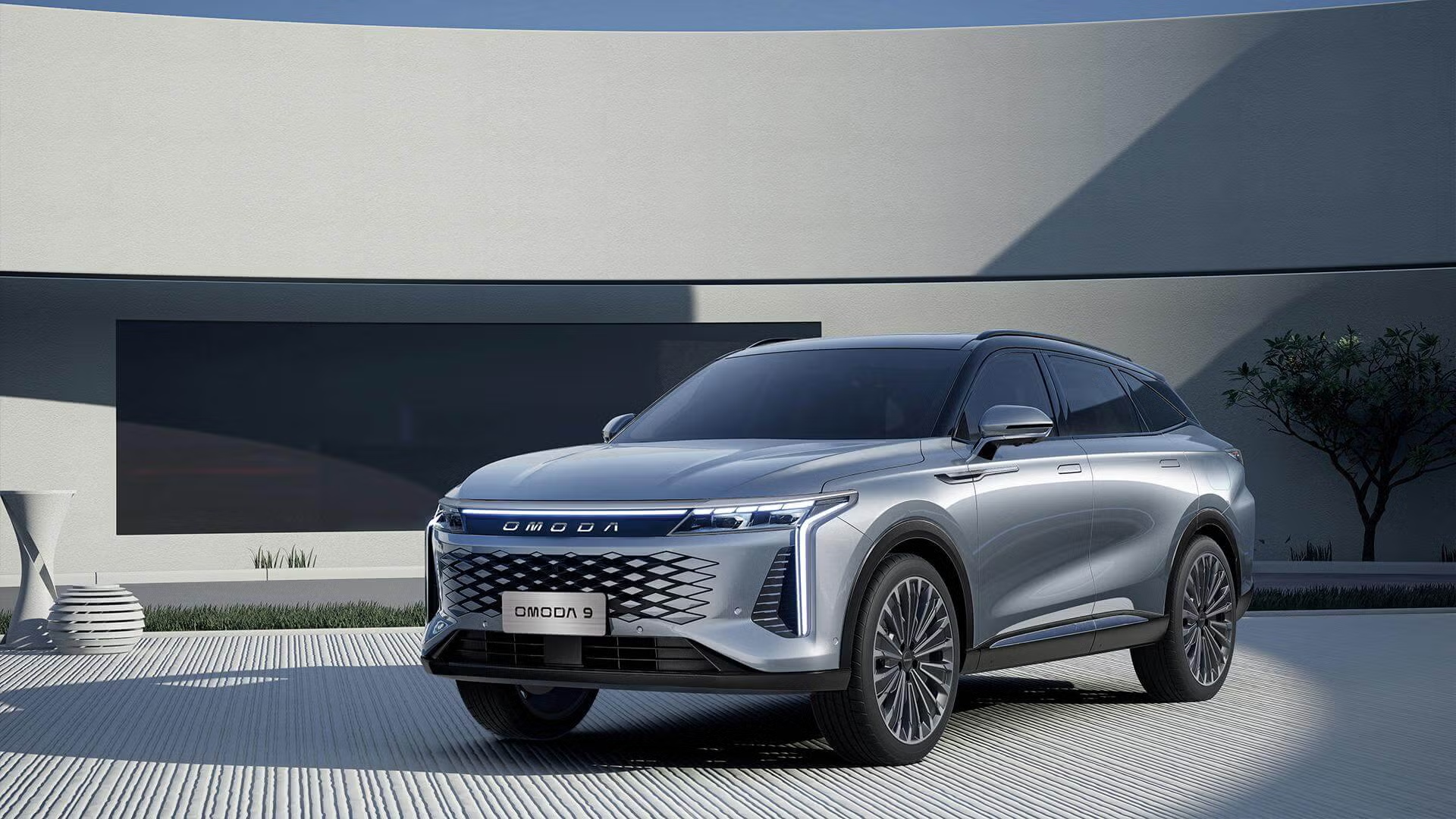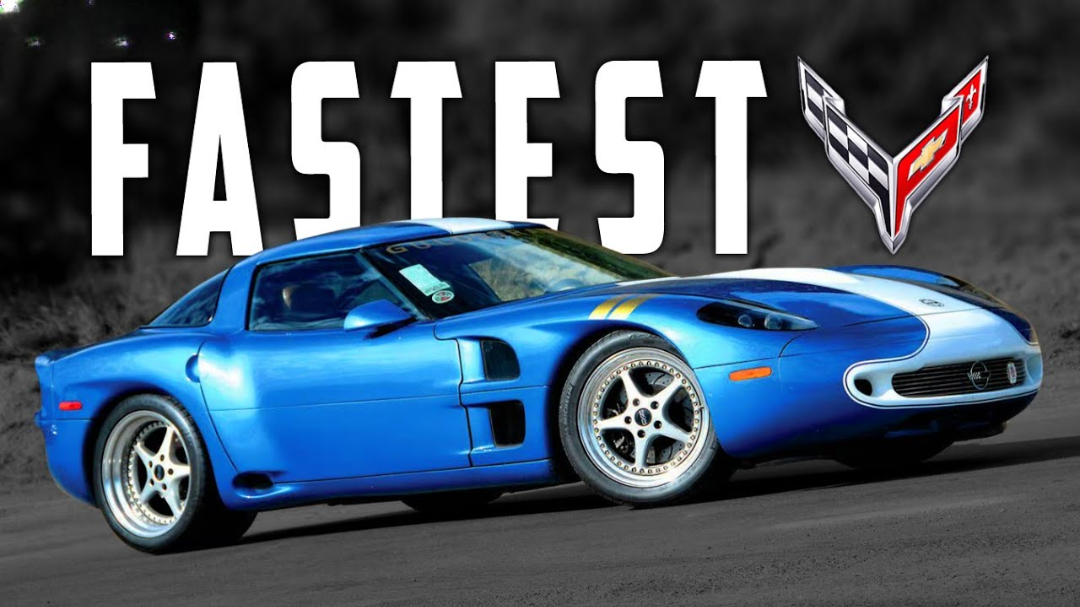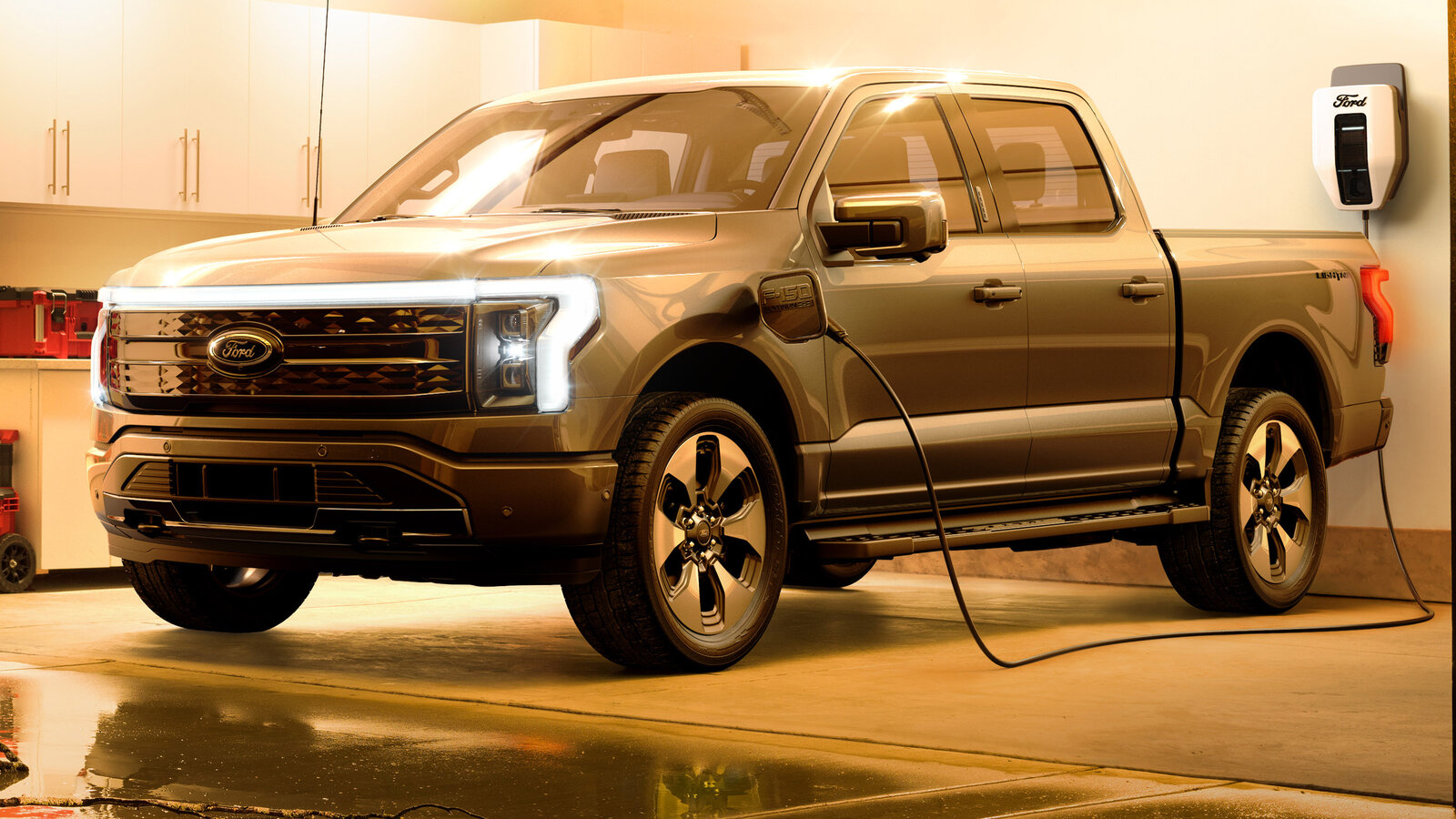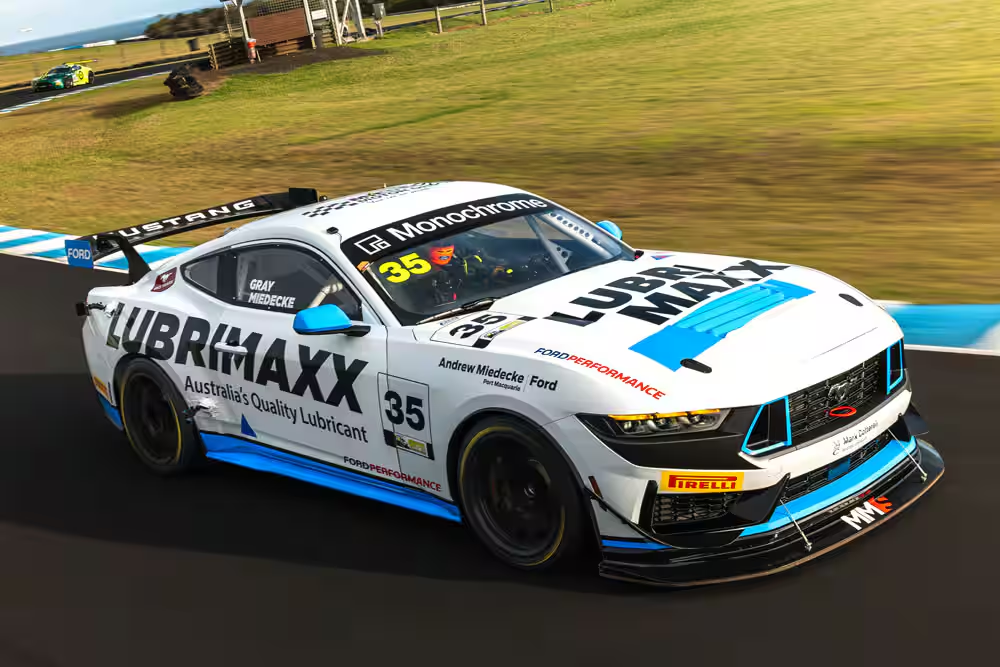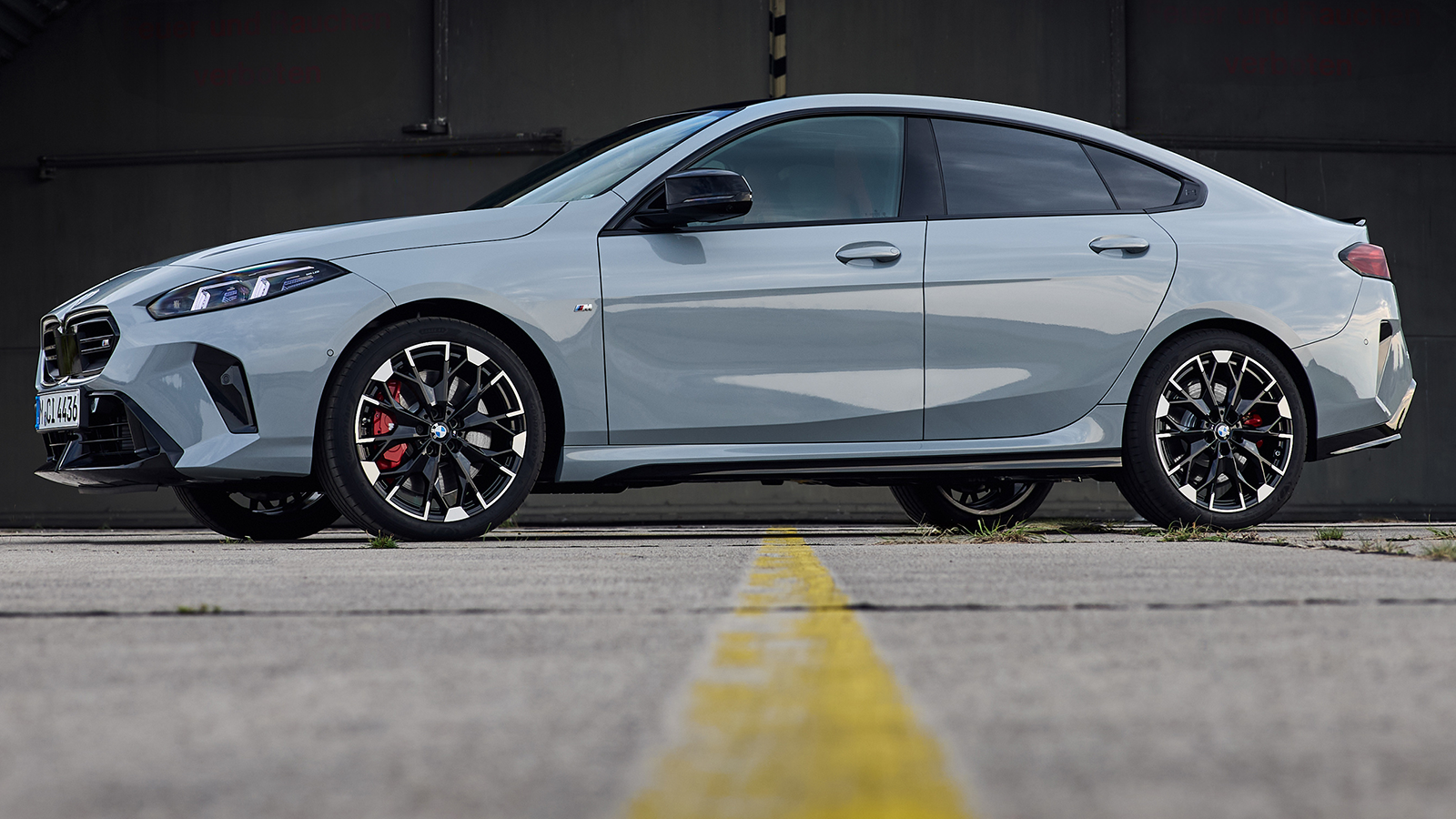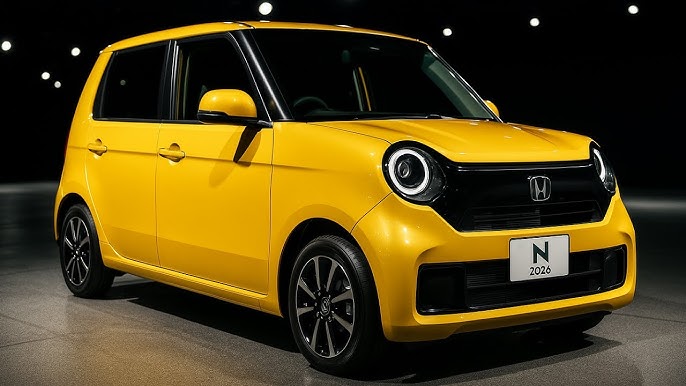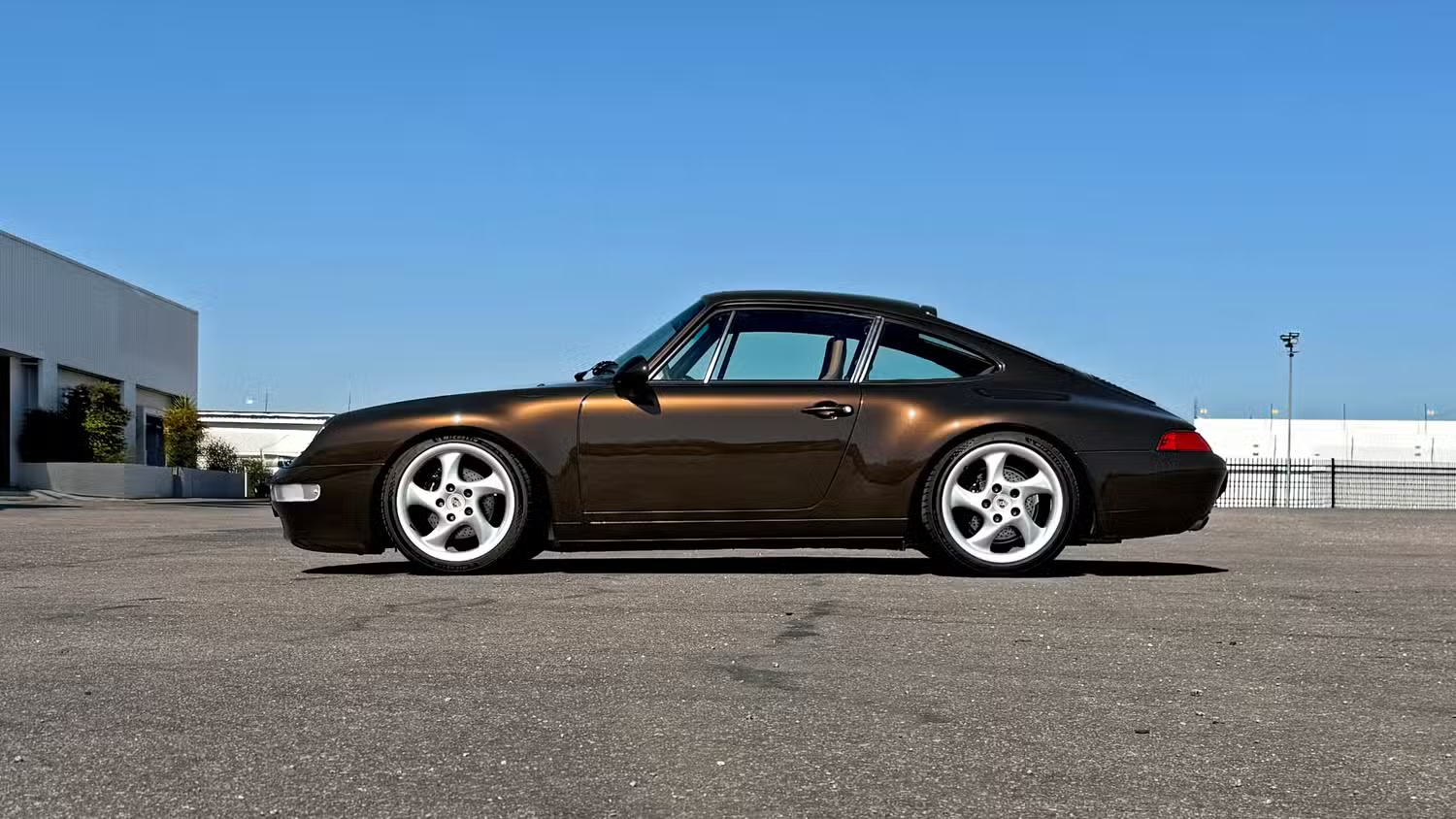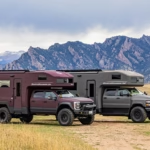American muscle cars have always stood apart from the rest of the automotive world. Oversized engines, long wheelbases, aggressive styling, and raw V8 thunder define the genre. On wide U.S. highways, they feel at home—but what happens when you unleash these beasts on the tight, twisting country lanes of rural England? That’s exactly what the team at Top Dead Center (TDC) explored when they took a 1965 Ford Mustang GT350 clone and a 1968 Chevrolet El Camino across Britain’s famously narrow backroads. The result? A cultural clash on wheels that proves the global charm of American muscle.
Unlike the tiny hatchbacks and nimble European sports cars that usually dart through the English countryside, these Detroit legends tower over everything else on the road. Watching them squeeze between hedgerows and navigate hairpin turns feels almost comical at first—but once the throttles open, the true magic of classic American horsepower becomes undeniable.
Two Icons, Both Modified for More Muscle
The TDC crew didn’t bring stock cruisers to the U.K.—they brought full-on performance machines. The 1965 Mustang GT350 clone pays homage to Carroll Shelby’s masterpiece but hides a modified 289 V8, tuned well beyond factory spec. The result? Around 400 horsepower, making this Mustang not only visually striking but also blisteringly quick by classic standards.
The 1968 El Camino, Chevrolet’s legendary half-car, half-truck hybrid, also showed up with something special under the hood. Its original 350 cubic-inch small-block was stroked out into a 383 torque monster, delivering brutal low-end shove and endless mid-range punch. Together, the pair represent the soul of American muscle—power, sound, and presence—no matter where the road takes them.
A Battle with the Roads, A Love Affair with the Experience
Driving oversized American cars in England is no easy task. Roads that were once designed for horse-drawn carts now demand precision to navigate in vehicles that are nearly as wide as the lanes themselves. The Mustang and El Camino dwarf the Minis, Jaguars, and Land Rovers they encounter, forcing the drivers to carefully thread their way through centuries-old roads and village centers.
Yet the contrast is exactly the charm. Where most modern cars feel clinical, these classics roar with personality. Their thunderous exhaust notes echo off stone walls, their long hoods stretch endlessly ahead, and their sheer presence commands attention everywhere they roll. Locals may smirk at the impracticality, but the TDC team’s reactions say it all: behind the wheel, there’s nothing else like it.
Every time the drivers find a stretch of open road, they unleash those V8s, and the countryside transforms. The Mustang’s 289 sings with urgency while the El Camino’s 383 thunders with deep, earth-shaking torque. For all their size, these cars still deliver an experience that’s raw, immediate, and deeply intoxicating.
Muscle Cars Abroad: Impractical but Irresistible
What makes this story so compelling isn’t just the spectacle of oversized American machines struggling through quaint English backroads—it’s the realization that muscle cars transcend geography. They’re not the most practical choice for Europe. They’re too wide, too thirsty, and too loud for the narrow streets and high fuel prices. But that doesn’t matter. The emotional connection they deliver—the sensation of raw power, the theater of a V8 engine, the timeless lines of 1960s American design—wins over skeptics every time.
By the end of the TDC trip, what began as a tongue-in-cheek experiment turned into a genuine love letter to American muscle culture. Even in a land dominated by precision-engineered sports cars and efficient hatchbacks, the Mustang and El Camino proved that character matters as much as capability. They may be out of place, but they are never out of style.
